What is Raw Milk Cheese and Why Should You Eat It?
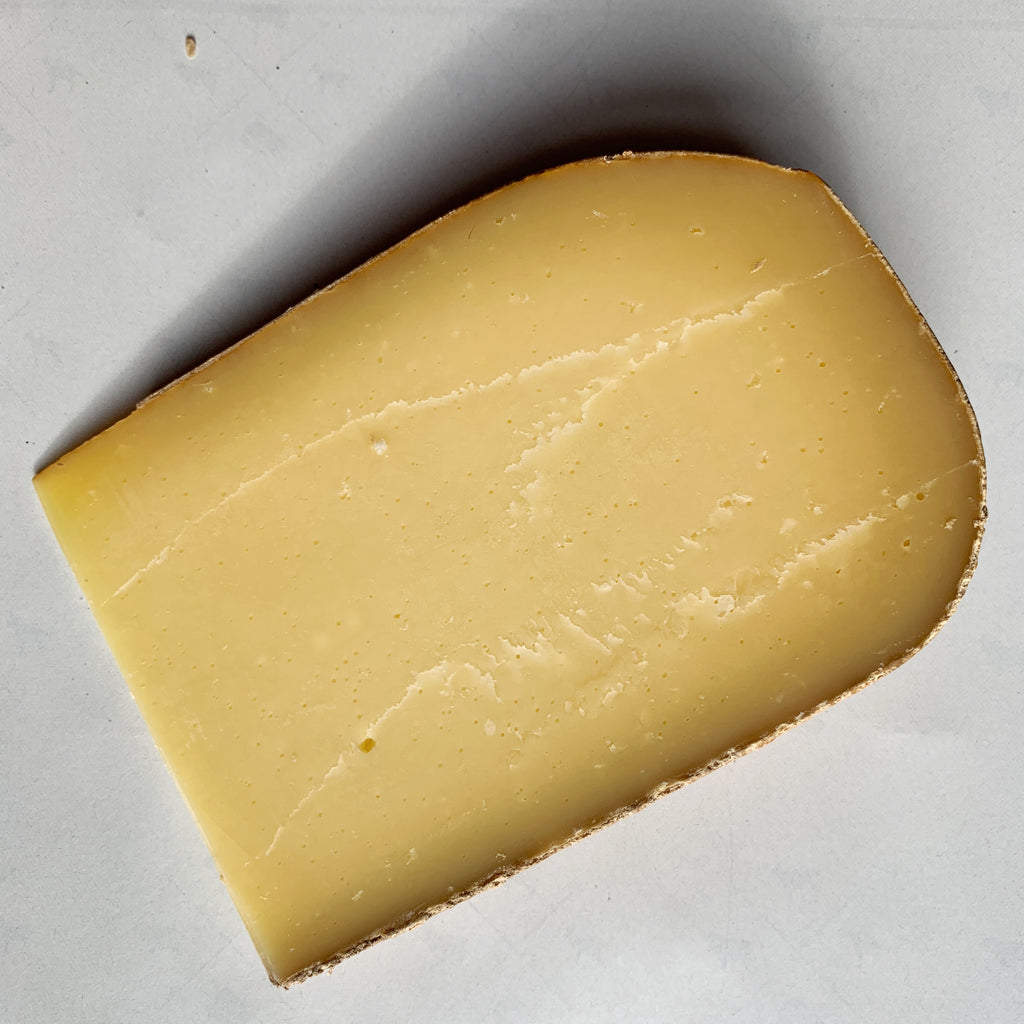
Have you ever crumbled off a chunk of classic Parmigiano Reggiano and wondered what made it so delicious? Well, one reason why this Italian cheese is so delightful is because it is made with raw milk. But what exactly does that mean? Raw cheese is made with milk that hasn’t been pasteurized or heated in order to kill off bacteria. Pasteurization can be beneficial since it can eliminate any potentially harmful pathogens, but it can also destroy native cultures that contribute to a cheese’s flavor, texture, and complexity.
When made correctly, raw milk cheese is safe to eat and can result in some of the tastiest and most traditional cheeses out there. That’s not to say that pasteurized cheeses are any lesser, we just think it’s time you try some raw milk cheese too.
Here are a couple of our favorite raw milk cheeses.
Parmigiano Reggiano
There are a lot of look-a-likes made in the United States masquerading under the shortened title of “Parmesan”, and these versions are usually pasteurized. The Italian original is rich with savory, umami flavors and crunchy crystals. It’s obviously delicious on pasta, but we recommend breaking chunks off of a wedge and pairing with Champagne.
Gruyère from Switzerland
You may have encountered this famous Swiss cheese on top of French Onion soup or inside a grilled cheese, but have you ever tried it on its own? With notes of toasted hazelnuts and brown butter, this classic cheese is delicious sliced razor thin and dolloped with onion jam.
Roquefort from France
Some say Roquefort is the original blue. Legend has it that centuries ago, a shepherd became distracted by a young maiden just after sitting down to a lunch of cheese and bread in a cave. He went after her unsuccessfully, only to return days later to some moldy bread and blue-speckled cheese. Upon tasting it, he fell in love with the punchy flavor—and Roquefort was born. While we don’t know if that legend is true, we do know that the herbaceous, spicy notes in this sheep’s milk beauty tastes lovely with Sauternes.
Pleasant Ridge Reserve from Uplands Cheese (pictured above)
Made in the style of French Beaufort, this Wisconsonian is the most awarded cheese in America. Cheesemaker Andy Hatch uses only native cultures to make this firm, snackable cheese, resulting in notes of grass, sour cream, and melted leeks. Try it on its own, or pair with some salami for a perfect ploughman’s lunch.
Grayson from Meadow Creek Dairy
This American original is similar to Italian Taleggio, but it comes from Virginia. The bright orange rind is an immediate signifier of the pungent nature. Underneath, it’s much more mild with flavors of steak, leeks, and custard. Try it alongside a Belgian Dubbel: the sweetness mellows out the funk.
Bayley Hazen Blue from Jasper Hill Farm
Hailing from Vermont, Bayley Hazen is a fudgy blue similar to Stilton, which is actually legally required to be pasteurized by English law. This raw-milk, American version has deep earthy flavors and a slight fruity sweetness, similar to dark chocolate. We like it best with a juicy IPA, which teases out the tropical notes.
Reading Raclette from Spring Brook Farm
Another Vermont native, this firm, meltable cheese is modeled after Swiss Raclette, which is traditionally served heated under a special grill and scraped onto potatoes. It’s a wonderful melter, but it also shines on a cheese platter. Bring out the notes of onions and meats with a swipe of whole grain mustard and rye toast points.
How to Host a Vertical Cheese Tasting At Home
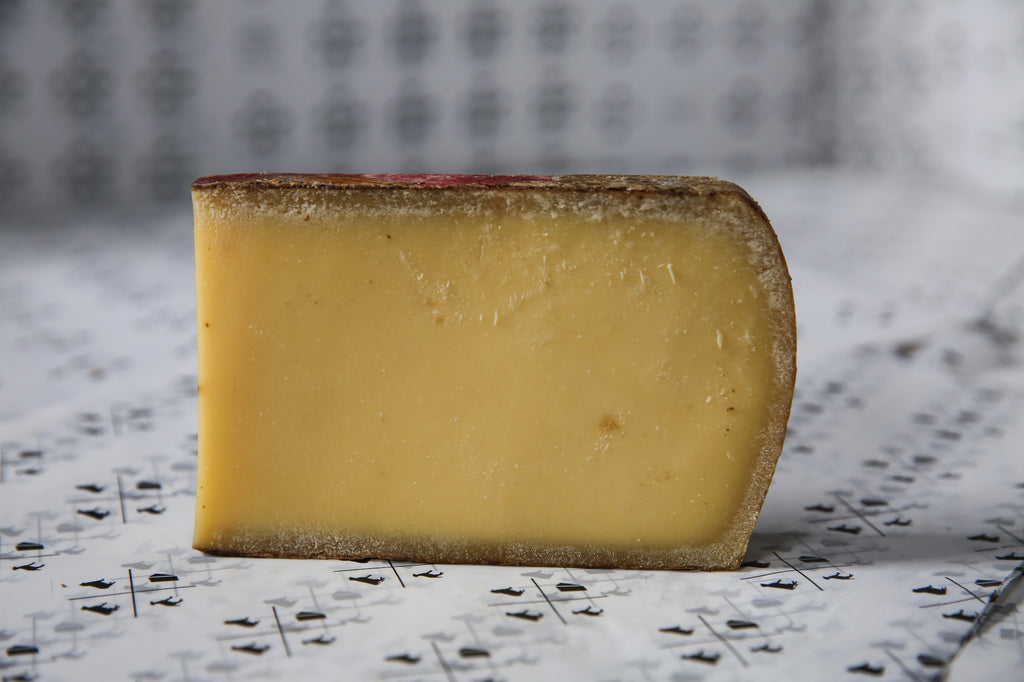
A vertical cheese tasting is a sampling of the same kind of cheese at different ages. It’s a delicious way to experience the subtle ways the seasons can affect a cheese’s flavor. It will also help you become acquainted with the many particular flavors that a specific cheese has to offer and help you learn how to talk about them, too.
To set up a vertical tasting, you just need to choose one specific cheese and buy a wedge at a few different ages. Ideally, it should be the same cheese from the same creamery, so you can see how dramatic or subtle the differences are, but since this is not always possible a good alternative is the same cheese. For example, get yourself a Comté at 6 months, 12 months, and 16 months. Some of these wedges will be made with summer milk when the cows are at pasture and eating a fresh diet of herbs, grass, and flowers, while the other will be made with winter milk when the cows are eating dry hay.
Here’s how to set up a vertical tasting for all your friends:
- Choose your cheese, and buy several different ages. Give everyone just under an ounce of each cheese, so they have plenty to taste.
- Gather your friends for a round-table style discussion. We recommend keeping it to fewer than ten people.
- Print out some facts about the cheese so you can learn all about it together. You’ll also want to provide each guest with paper and a pencil so they can take notes.
- Serve something bubbly, like sparkling wine or seltzer, to cleanse your palate between bites.
- Begin with the youngest cheese, and move towards the oldest.
- Once the tasting is over, be sure to wrap any leftovers in Formaticum to keep them fresh.
If you host a vertical cheese tasting at home, post a picture on Instagram and tag us! We’d love to see how it goes.
Why A Piece of Cheese is a Ticking Timebomb
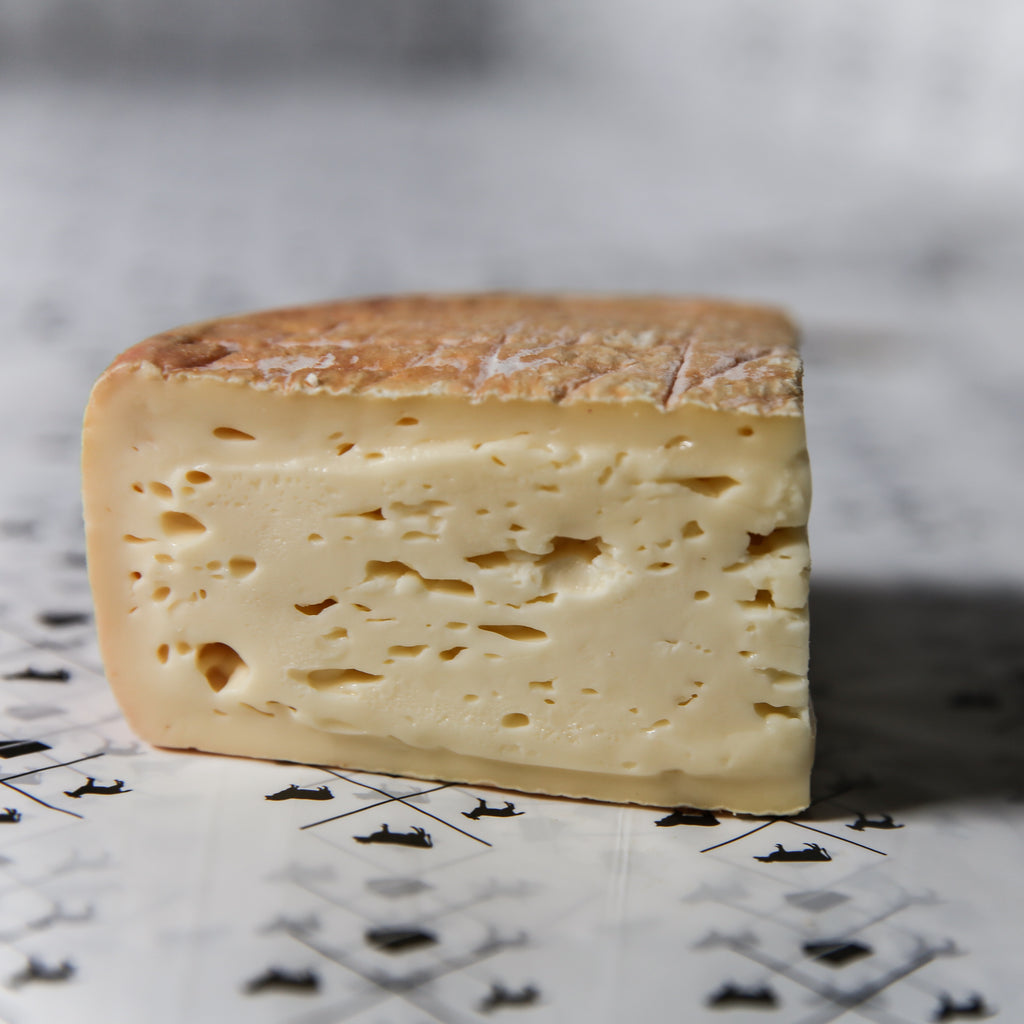
Here at Formaticum, we are all about cheese storage. We know there are lots of other storage products out there, including plastic or silicon tubs and other fancy boxes, but there’s a reason why we stick with sheets and bags. The truth is we don’t recommend using these for storing your cheese. Why? Well, we’re glad you asked!
There’s a lot of confusion about how to properly store cheese. You may get swept up in romantic images of cheeses aging on wood shelves in caves, but that has nothing to do with preserving the 1/4 lb piece of cheese you just bought from the store. When cheese is maturing in a cave, the full wheel is intact and the rind has not been broken. That rind functions as the “packaging" protecting the interior paste of the cheese as it develops its flavor and texture. The rind allows the paste to breathe while regulating its humidity.
Once the cheese is ready for sale, it is removed from the aging cellar and stored in refrigeration. The cold temperature stops the maturation process and preserves the cheese for sale. The rind continues to act as the protective packaging. When the cheese is ready to be eaten, the wheel is cut and the rind is broken. At this point, the clock starts ticking. Different cheeses have different longevities, but once a wheel is cut open there is a limited time period when it will taste as the cheesemaker intended.
At this point, the goal of proper storage is to protect the paste of the cheese that has never before seen the light of day or taken a breath of fresh air. To protect the paste and keep it fresh, professional cheese packaging is required. Carefully wrapping cut wedges in cheese packaging can help prolong the life of the cheese better than any other storage option, because it tightly protects the delicate paste while regulating humidity and allowing the cheese to breathe. Placing an unwrapped wedge of cheese in a box might make for a beautiful presentation, but it will likely lead to poor tasting cheese with an off-texture. Leaving cut wedges of cheese in a box exposed to the air might look good but it will not do you cheese any favors.
Think of professional cheese packaging as a synthetic rind. Use it to protect the paste so you taste what the cheesemaker intended.
How to Cut Cheese the Right Way
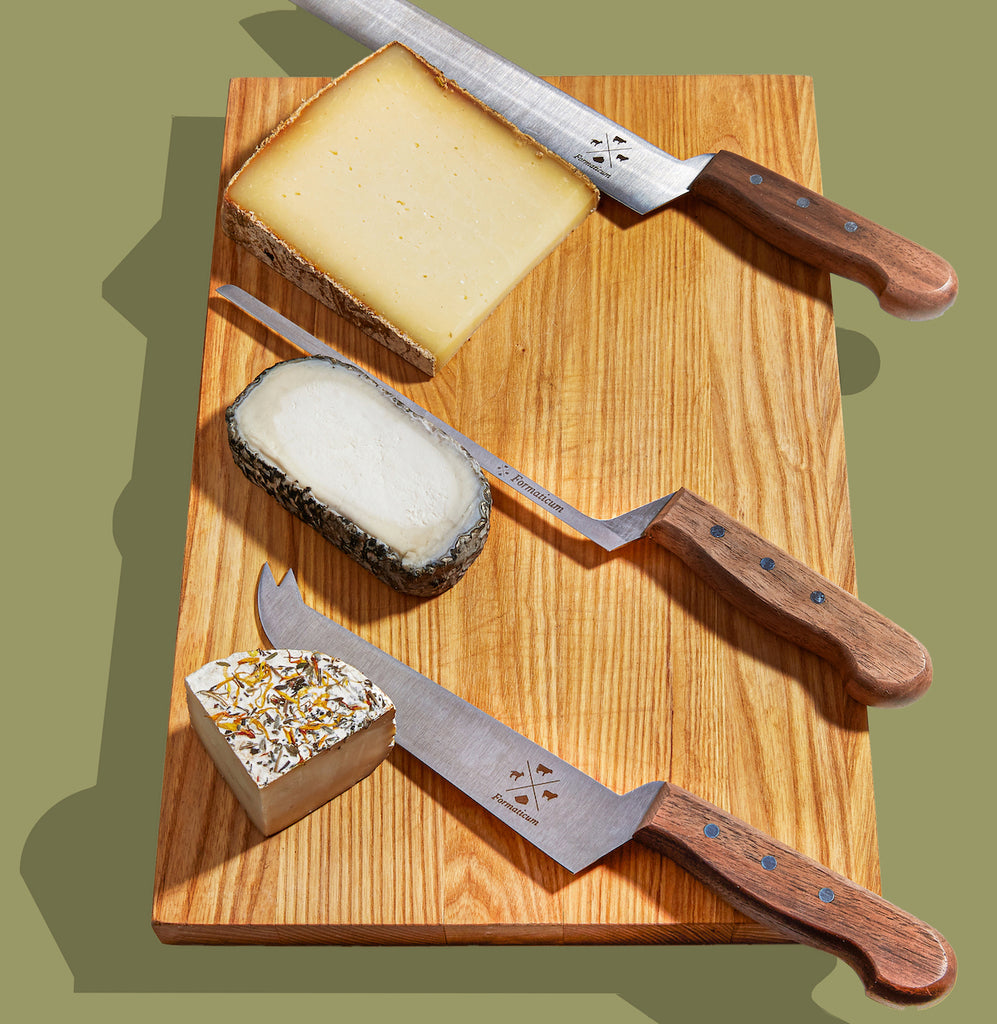
There are a lot of factors that go into the perfect cheese plate, but one of the most important and often overlooked details is how to properly cut each wedge or wheel. Of course, you don’t need to cut up every cheese completely, but making the first incision will help guide your guests. Plus, it helps with the intimidation of being the first to cut into that perfectly pristine wedge.
The shape of the cheese will determine the best way to cut it, while the texture and type will inform which knife to use. When serving, we recommend having a separate knife for each cheese to avoid cross-contaminating the flavors. Here's a helpful little guide on how to cut each cheese the right way, depending on its shape.
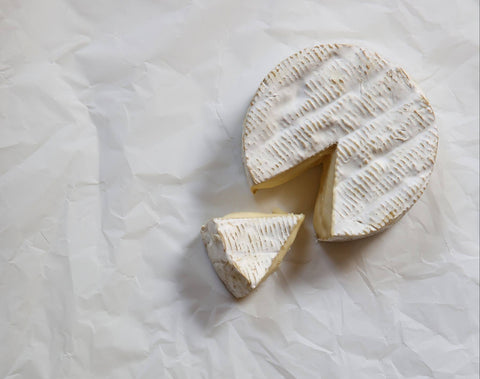
Round, like Camembert
Use our Professional Soft Cheese Knife to slice it into wedges, like you would a pie or cake. This ensures an even rind-to-paste ratio.

Square, like Cottonbell from Boxcarr Handmade Cheese
Use our Professional Soft Cheese Knife to slice into triangles, like you would a grilled cheese. Cut it in half diagonally, corner to corner. Then bisect that so it’s in quarters. Bisect each triangle again.
Log, like Aged Chelsea from Zingerman's
Use our wires cutters to slice into coins, about 1/2 “ thick. If it has a large diameter, like bucheron, you can then cut into pie-like wedges for a perfect portion.

Rectangle (think Comte)
Use our Professional Cheese Knife to slice off the rind then cut into thin strips, vertically. When it comes to flavorful, aged cheeses, the thinner slice, the better.

Firm Wedge, like Mimolette
Use our Professional Cheese Knife to cut off the rind so there are no inedible bits on your cheese platter, then slice into thin triangles.

Crumbly Wedge, like blue cheese
These ones are the hardest to slice cleanly, so we recommend crumbling off a few large pieces and leaving the rest whole. Or, you can use our Professional Blue Cheese Knife to get a clean slice every time!

Welcome to the formaticum Blog
Our home to share our cheese chronicles and more.
Categories
Recent Posts
Women's History Month: March 2025
Beginner's Guide to Cheese Pairings
Upcoming Events
Connect with Us
Join the Newsletter
Sign up to receive special offers, new product releases, updates from the cheese shop, and more.










